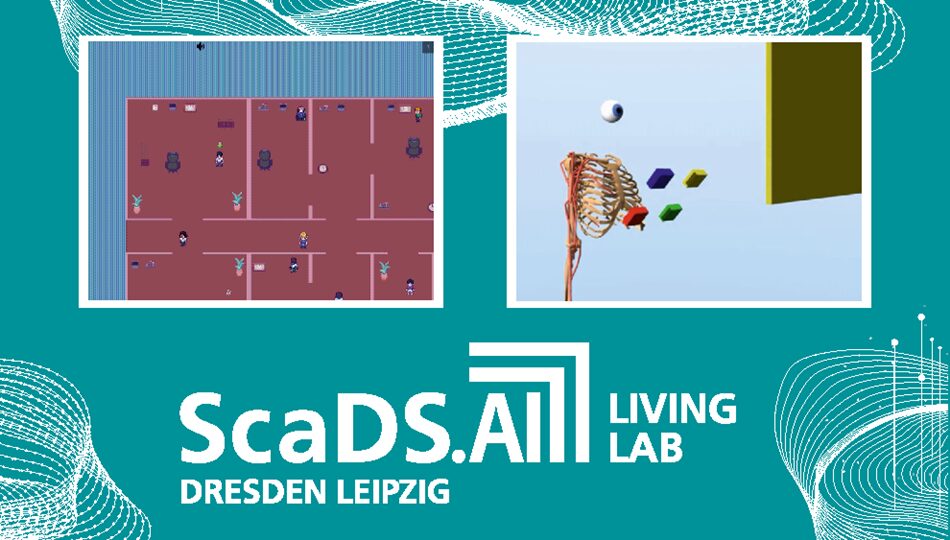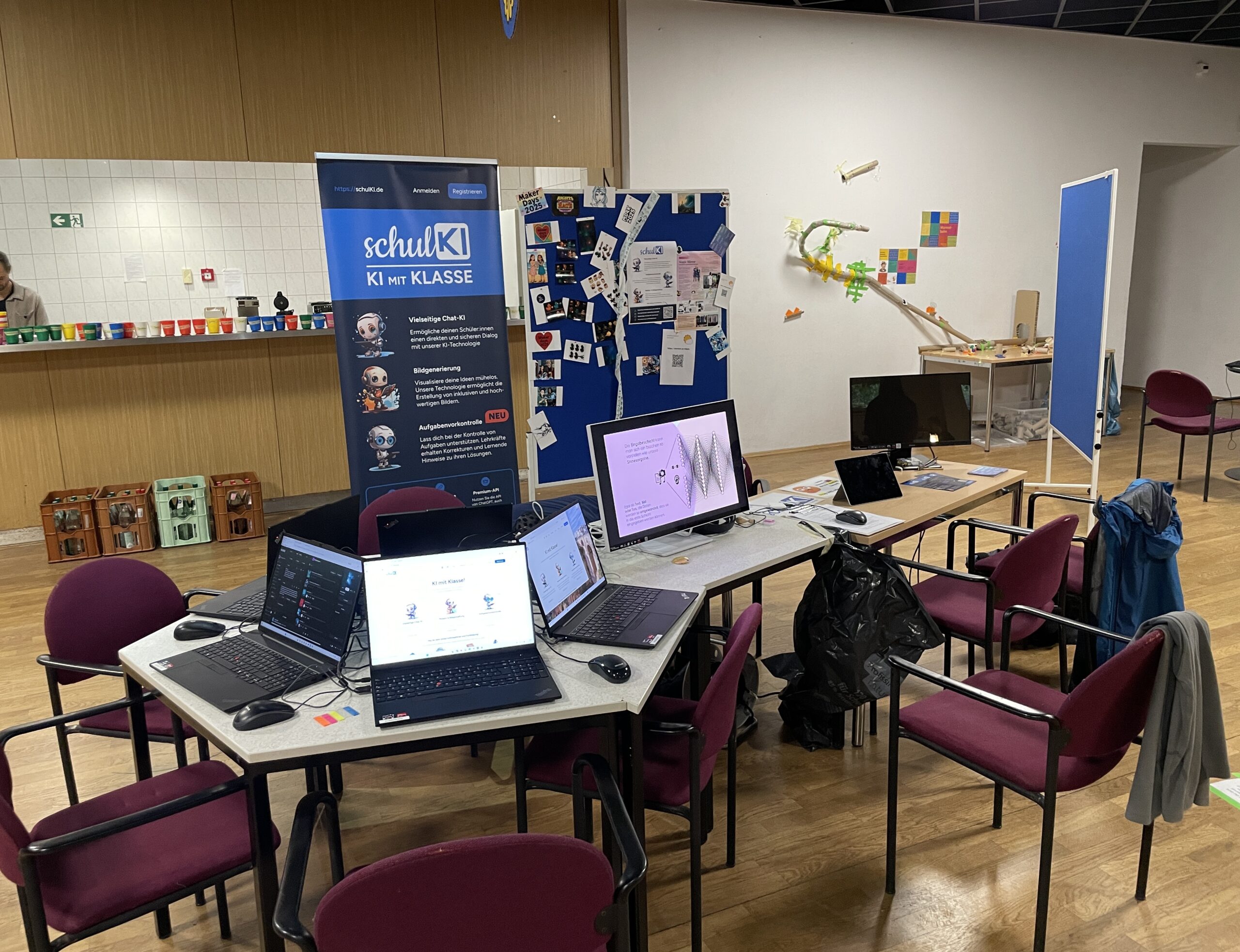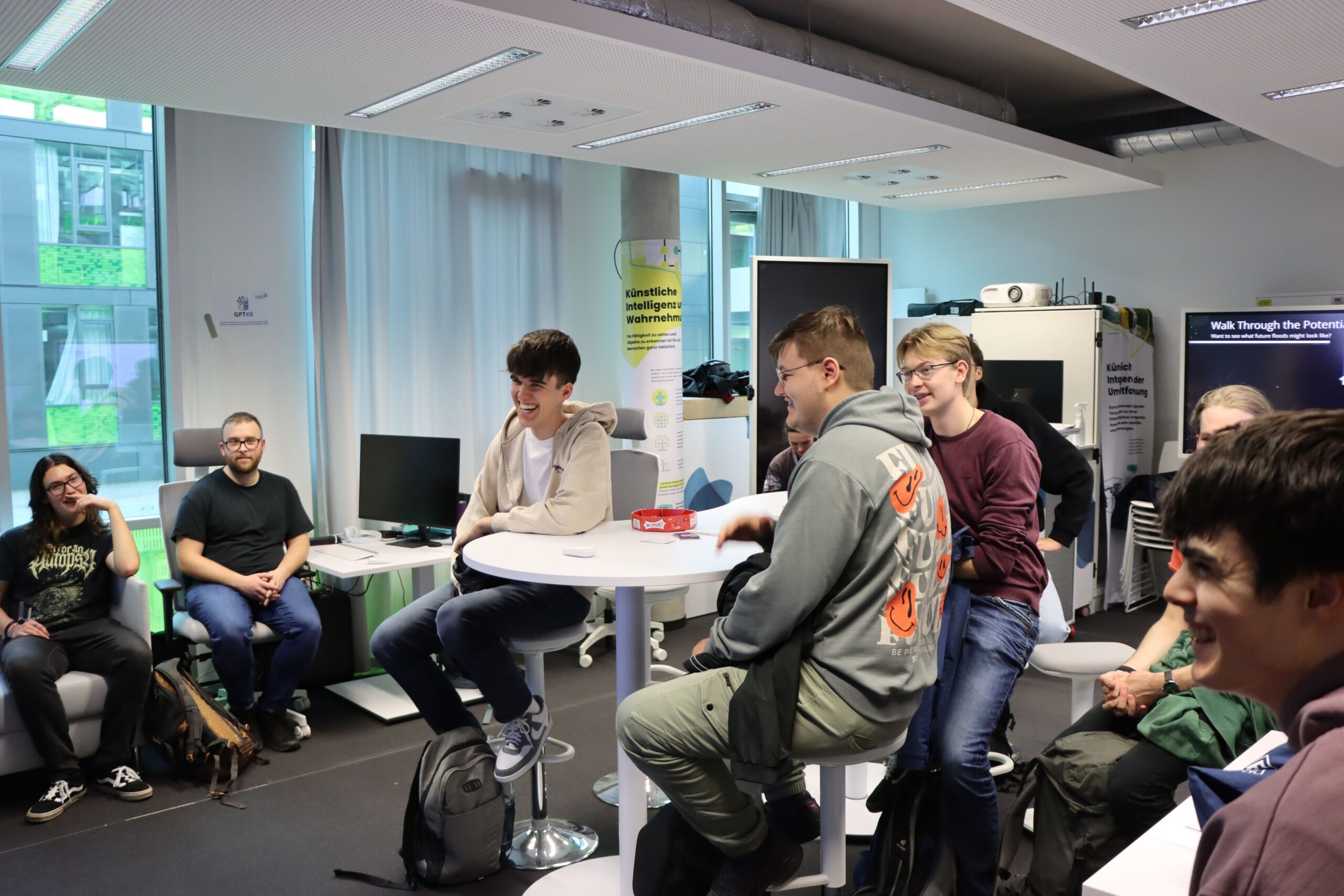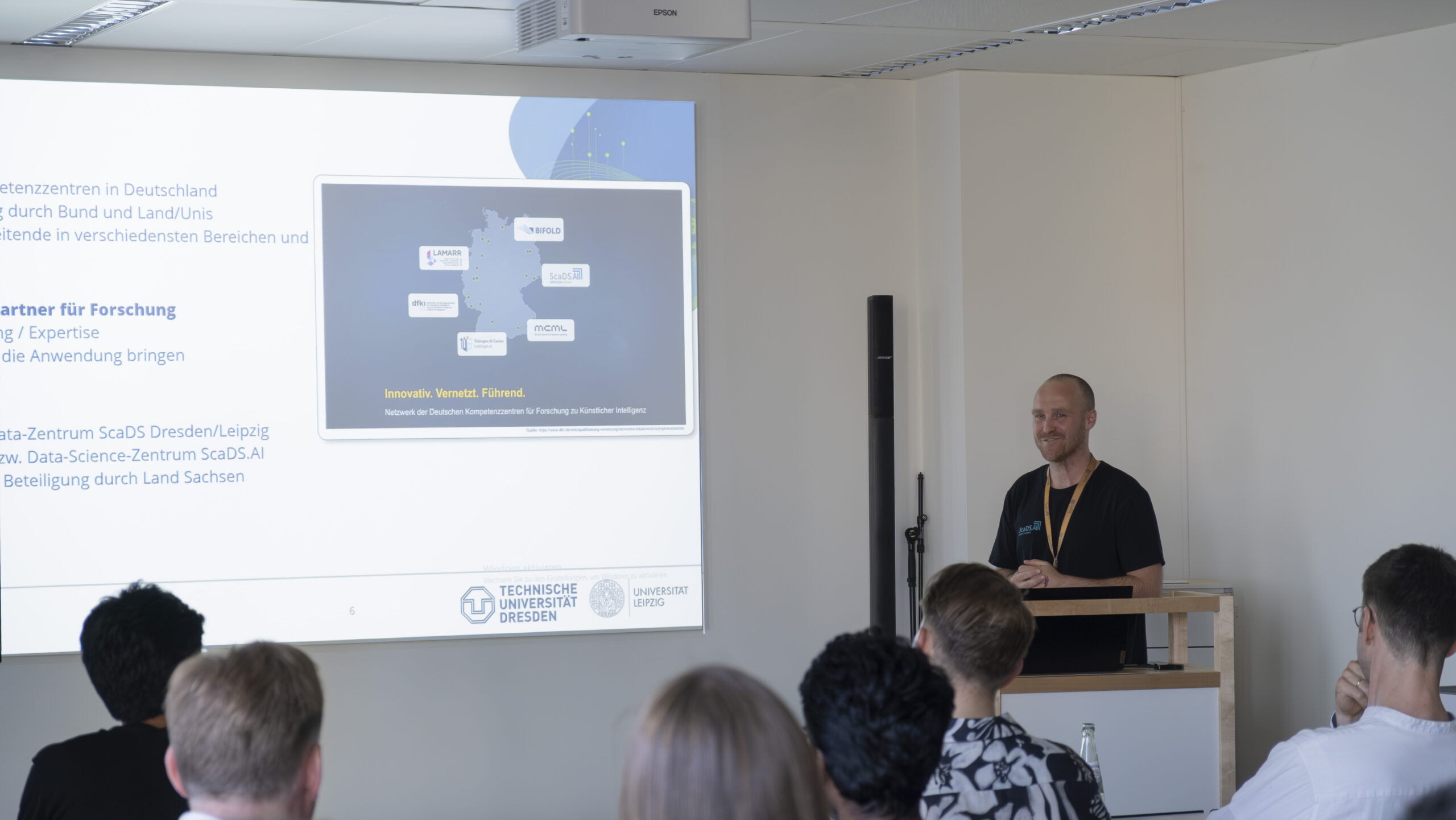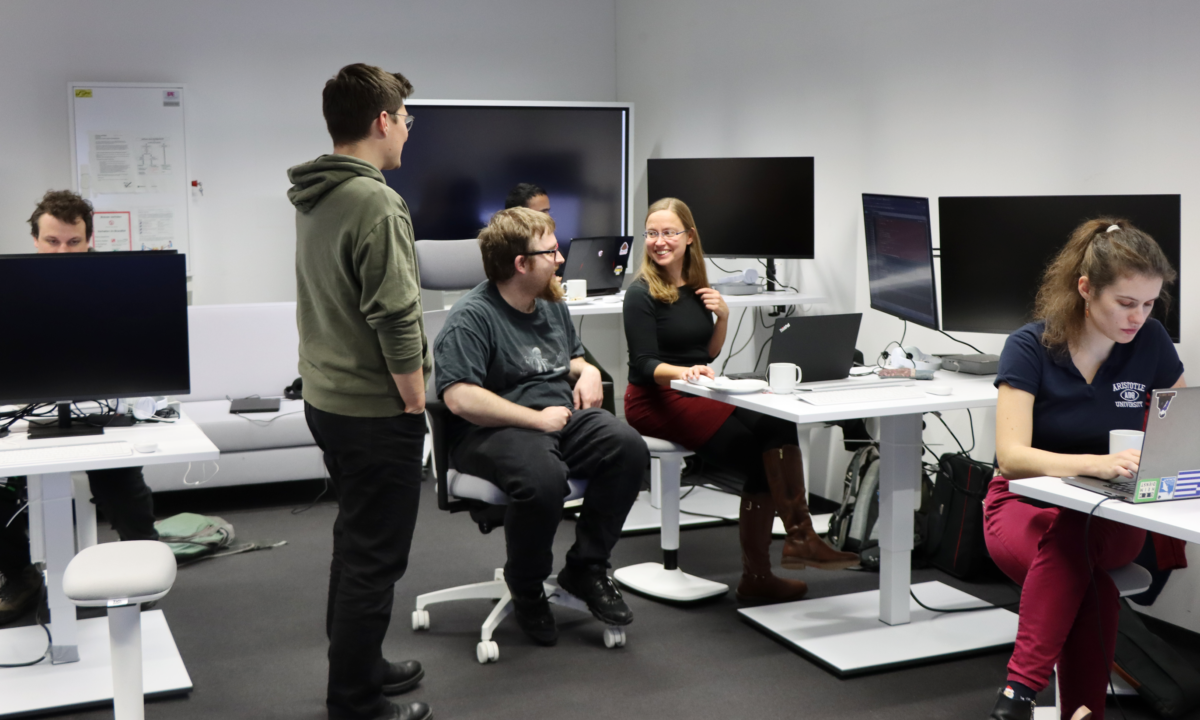
December 14, 2022
Alien, AI and HPC: first Hackathon at our Living Lab in Dresden

From December 13th to 14th 2022, the first ScaDS.AI Hackathon in Dresden took place. Location was the ScaDS.AI Living Lab in Andreas-Pfitzmann-Bau at TUD Dresden University of Technology. The motto was Alien, AI and HPC: Create your own UFO Identifier. The hackathon was designed as a 2-day-event.
Hackathon
For many years, UFO sightings have been reported again and again. However, most of these sightings can be explained relatively easily by mundane phenomena. With the help of Artificial Intelligence, UFO sightings actually can be analyzed in an automated way. During the hackathon, participants were asked to develop an AI-based pipeline for identifying UFOs based on an image dataset. In addition, an automated hyperparameter optimization was performed using the HPC tool OmniOpt. The pipeline was developed in the HPC environment.
By the end of the hackathon, all participants knew how to work with the HPC environment. All developed different, creative implementations to solve the task. The fun and the gain of knowledge were always in the foreground. In addition, new and interesting contacts were made. Another big plus: Now, the participants know how to distinguish a rocket spiral or a skytracker from a real UFO.
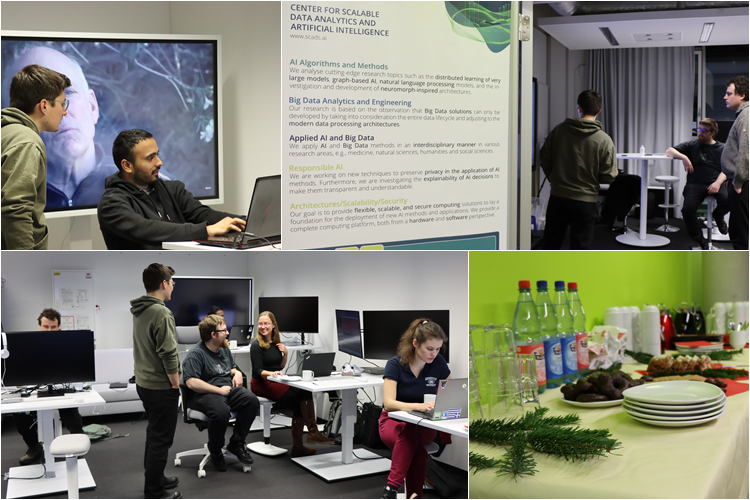
Alien, AI and HPC – What it is all about
Science has, as it’s core, the task to search for truth without prejudices. Our team member Norman Koch also is a philosopher, and he emphasizes that philosophy has much the same goals as science: looking for the truth, no matter what it may entail. For many years now, there have been frequent UFO sightings. The task of science is to research those cases – because whether or not we are actually visited be extraterrestrial lifeforms, we can only find out by investigating.
To gather data, we downloaded all publicly available databases where people can report UFOs. We did, on purpose, not use famous Youtube-Channels or sites with phantastical reports, because a lot of them publish material that is provably fake. We analyzed each case that had images or videos with it, and found that most are easily explainable, although if you don’t know about them, they may look strange. Then, we searched for reference footage, and labelled each image according to the results of our analysis. We ended up with more than 15.000 labelled images, on which we trained YOLOv5. The dataset is publicly available.
Common UFO sightings
Frequently, everyday objects get observed in the sky and seem unexplainable to the beholder. The most astonishing images come from so-called rocket-spirals or sky-spirals. [1] These are rocket launches, where the rocket spirals out of control and its exhaust is lit by sunlight, because it is higher than earth’s shadow. There also are many other objcts or phenomena, that people get confused with alien spaceships. The most common explainable “UFOs” (in no particular order) are:
- flying objects and related phenomena, like an airplane, helicopter, paraglider, balloon, led-drone, solar ballon, sky lantern, wing suit, hot-air balloon, kite, parachute, contrail
- aero space technology and related functions, such as a satellite, reentry, rocket spiral, rocket exhaust and Starlink
- everyday objects, including a mylar balloon, skytracker or a plastic bag floating in the wind
- astronomical objects, e.g. stars, the sun or moon, falling stars, bolides, the milky way and planets
- weather phenomena, like aurora, lightning, a rainbow, crown flash or sprite
- particular shapes of clouds, such as noctilucent clouds, lenticular clouds, mammatus clouds, fluctus clouds, ball clouds, morning glory cloud, cumulonimbus incus clouds, hole punch clouds as well as iridescent clouds
- light effects, for example lens flares, sun rays, green flash, sundog, halo, halo moon, light pillars, flares and circumhorizontal arcs
- fire related phenomena, such as smoke rings or sparks
- animals, such as bats, insects or (a flock of) birds
- unfocussed small objects, such as dust particles

Nonetheless, even the unexplained images are not showing anything resembling a flying saucer. But absense of evidence is not necessarily evidence of absense. This does not proof we are not visited. Still, to believe we require evidence, which is also currently lacking.
Living Lab
The ScaDS.AI Living Lab functions not only as an exhibition space, but also as a teaching and education center, as well as a laboratory. As a vehicle for communication, discovery, development, and evaluation it is designed to convey our research to the public. Practical and everyday problems as well as questions in dealing with new digital technologies are in the focus. Therefore, the Living Lab offers a wonderful platform for future Hackathons.
Reference
Tony Spell (2009). Estimation of the Location, Trajectory, Size, and Altitude of the “Norway Spiral” Phenomenon. Available online.

